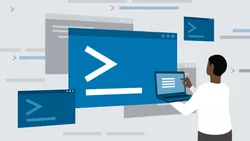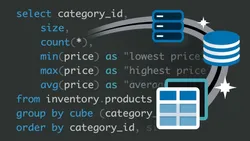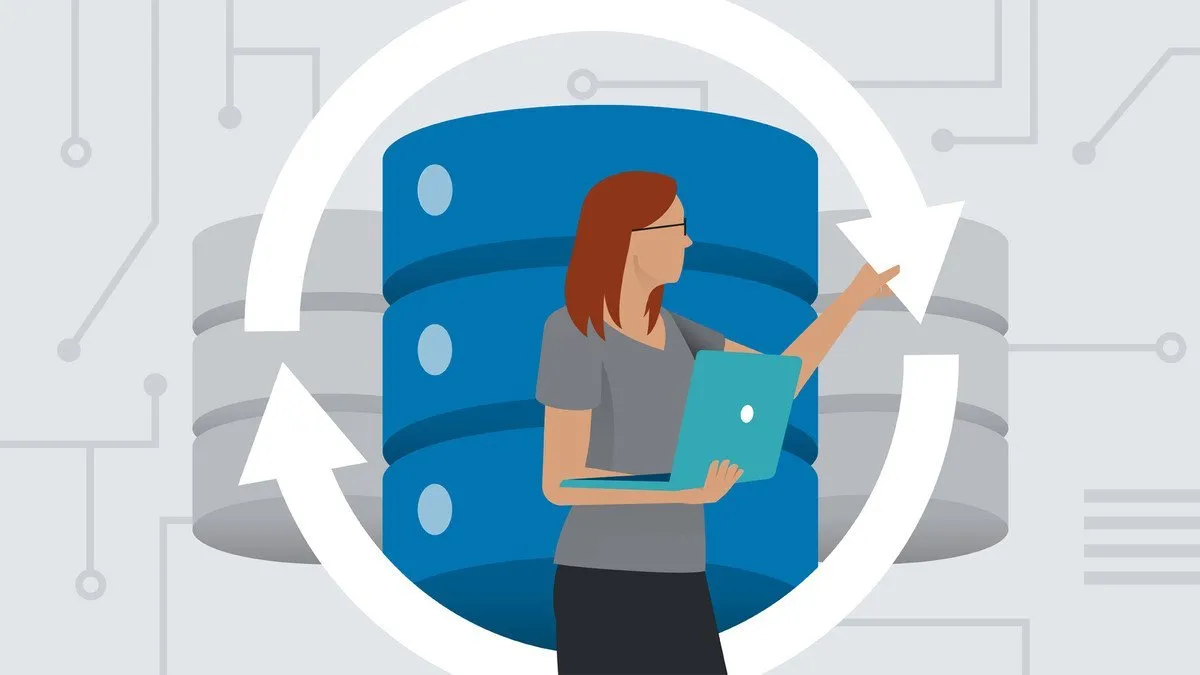
Learn JavaFX tutorials from Beginners Level 
This free course provides a comprehensive introduction to JavaFX, teaching users how to create a desktop application with a great user interface design. Perfect for beginners, this tutorial will help you get started with JavaFX. ▼
ADVERTISEMENT
Course Feature
![]() Cost:
Cost:
Free
![]() Provider:
Provider:
Udemy
![]() Certificate:
Certificate:
No Information
![]() Language:
Language:
English
![]() Start Date:
Start Date:
Self Paced
Course Overview
❗The content presented here is sourced directly from Udemy platform. For comprehensive course details, including enrollment information, simply click on the 'Go to class' link on our website.
Updated in [March 06th, 2023]
This course provides an introduction to JavaFX for beginners. It covers the basics of organizing packages, learning about the various JavaFX libraries, creating a basic JavaFX project that connects to a database, and designing materials. Participants will gain a comprehensive understanding of the fundamentals of JavaFX and be able to create their own projects.
[Applications]
After completing this course, students can apply their knowledge of JavaFX to create interactive applications. They can use the various JavaFX libraries to create user interfaces, create animations, and connect to databases. Additionally, they can use the design of materials to create visually appealing applications. Finally, they can use the packages they have organized to create a well-structured application.
[Career Paths]
1. JavaFX Developer: JavaFX developers are responsible for creating user interfaces and applications using the JavaFX platform. They must have a strong understanding of the Java language and be able to write code that is efficient and secure. JavaFX developers must also be able to work with databases and other data sources to create dynamic applications. As the demand for more interactive and visually appealing applications increases, the need for JavaFX developers is expected to grow.
2. JavaFX Designer: JavaFX designers are responsible for creating the look and feel of applications using the JavaFX platform. They must have a strong understanding of design principles and be able to create visually appealing user interfaces. JavaFX designers must also be able to work with developers to ensure that the design is implemented correctly. As the demand for more interactive and visually appealing applications increases, the need for JavaFX designers is expected to grow.
3. JavaFX Animator: JavaFX animators are responsible for creating animations and special effects for applications using the JavaFX platform. They must have a strong understanding of animation principles and be able to create visually appealing animations. JavaFX animators must also be able to work with developers to ensure that the animations are implemented correctly. As the demand for more interactive and visually appealing applications increases, the need for JavaFX animators is expected to grow.
4. JavaFX Database Administrator: JavaFX database administrators are responsible for managing databases and other data sources used by applications built with the JavaFX platform. They must have a strong understanding of database management principles and be able to create and maintain databases. JavaFX database administrators must also be able to work with developers to ensure that the data is accessed and used correctly. As the demand for more interactive and visually appealing applications increases, the need for JavaFX database administrators is expected to grow.
[Education Paths]
1. Bachelor of Science in Computer Science: This degree path provides students with a comprehensive understanding of computer science fundamentals, including programming languages, software engineering, computer architecture, and operating systems. Additionally, students will learn about the latest trends in computer science, such as artificial intelligence, machine learning, and data science.
2. Bachelor of Science in Software Engineering: This degree path focuses on the development of software applications and systems. Students will learn about software design, development, testing, and maintenance. Additionally, they will gain an understanding of the latest technologies and tools used in software engineering, such as cloud computing, mobile development, and web development.
3. Master of Science in Computer Science: This degree path provides students with an advanced understanding of computer science topics, such as algorithms, data structures, and computer networks. Additionally, students will learn about the latest trends in computer science, such as artificial intelligence, machine learning, and data science.
4. Master of Science in Software Engineering: This degree path focuses on the development of software applications and systems. Students will learn about software design, development, testing, and maintenance. Additionally, they will gain an understanding of the latest technologies and tools used in software engineering, such as cloud computing, mobile development, and web development.
Pros & Cons

Explained in detail.

Real life programming examples.

End with a JavaFX project.

Well thought out topics and structure.

Realistic projects as examples.

Poor audio quality.

Hard to understand accent.

Subtitles not accurate.

Not enough information given.

JDBC not part of course.
Course Provider

Provider Udemy's Stats at AZClass
Discussion and Reviews
0.0 (Based on 0 reviews)
Explore Similar Online Courses

RoboAuthor: Content Writing Automation 2020 - Part 2

InDesign: Typography Part 1

RDBMS PostgreSQL

Intro To PostgreSQL Databases With PgAdmin For Beginners

PostgreSQL: Client Applications

Mastering SQL using Postgresql

Database Design and Basic SQL in PostgreSQL

PostgreSQL: Advanced Queries

Spatial SQL with Postgres : A language for geographers

Learn SQL Using PostgreSQL: From Zero to Hero

PostgreSQL Essential Training


Start your review of Learn JavaFX tutorials from Beginners Level